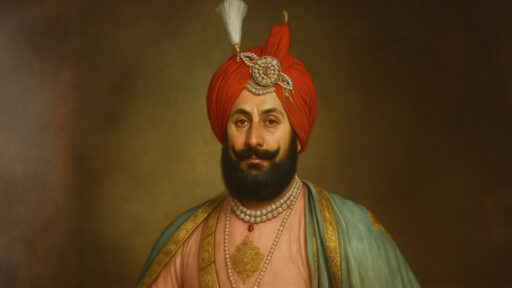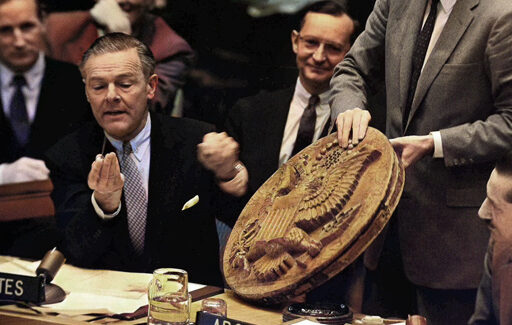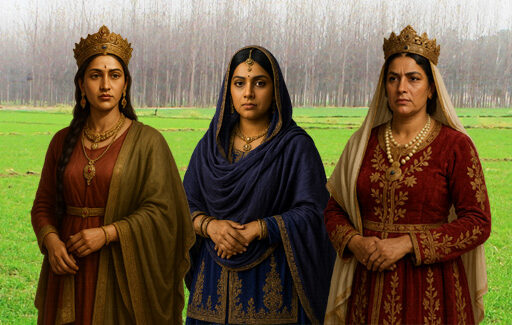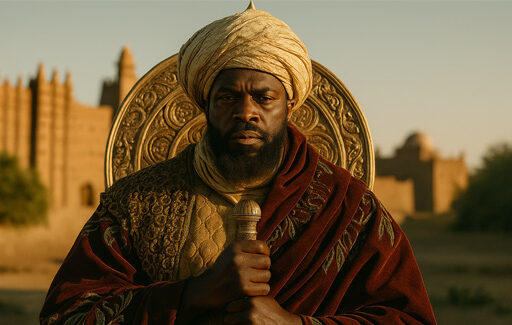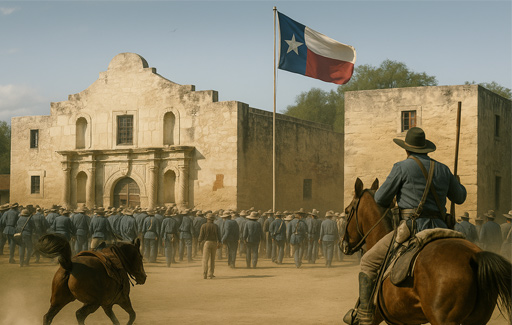What do you think of when you hear Kashmir? Snow-covered mountains, the serenity of Dal Lake, perhaps the echoes of old poetry—rarely does the picture of a Sikh king spring up from the veil of history. But in the 19th century, there was a Sikh Maharaja who ruled this heavenly place and left behind a legacy few discuss today.
It is the tale of Maharaja Gulab Singh, a man born in the shadow of empire but who cut his name into the very landscape of South Asia.
From Soldier to Sovereign
Gulab Singh did not come into his kingdom easily. Born to a humble Dogra family in Jammu in 1792, he climbed the ranks of Maharaja Ranjit Singh’s mighty Sikh Empire—not because of privilege, but because of sheer military skills and strategic acumen. He was a man who knew the topography of the land and the heartbeat of people, an unusual virtue in an era of brute strength.
He was a general who assisted in the expansion of the Sikh Empire northwards and was instrumental in consolidating the lands that would eventually make up the contemporary state of Jammu and Kashmir. His devotion won the confidence of Ranjit Singh, who promoted him to Raja of Jammu in 1822. But Gulab Singh was ambitious to be more than just a governor. He had ambitions—that went well beyond the Pir Panjal range.
The Game of Empires
The fall of the Sikh Empire after Ranjit Singh’s death led to chaos. The British, always vigilant, saw their chance. After the First Anglo-Sikh War in 1846, the Treaty of Lahore was signed—but a lesser well-known agreement was signed soon after: the Treaty of Amritsar.
In a deal that seems strange to contemporary sensibilities, the British “sold” the state of Kashmir to Gulab Singh for 7.5 million rupees. Yes, a whole state—its valleys, its rivers, its people—was sold like property. But behind that sale was clever negotiation. Gulab Singh wasn’t a pawn. He was a player who observed the declining Sikh Empire, the encroaching British power, and used both to create a new kingdom in his name.
So was born the princely state of Jammu and Kashmir—not by conquest, but through an acquiescent waltz with empires.
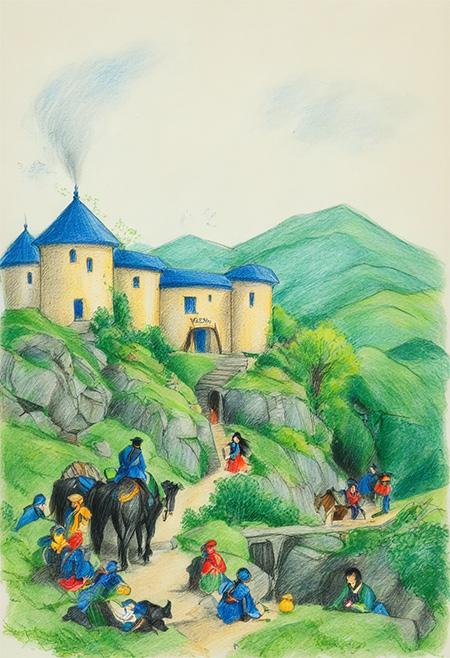
Ruler of Contrasts
The reign of Gulab Singh was anything but dull. To his admirers, he was a statesman who united a fragmented nation. He brought administrative order, opened up trade routes, and laid down the infrastructure foundation in an otherwise inaccessible terrain. He sent expeditions to Baltistan and Ladakh, extending his kingdom from the Punjab plains to the Himalayan snow plateaus.
Yet his reign was also faulted. His taxation, especially of Muslim peasants, was excessive, and discontent ensued. The irony was stark: while Gulab Singh was gathering lands and conducting imperial diplomacy, the common folk often bore the brunt of his ambition. Kashmir under his rule was not merely a crown of natural loveliness—it was a land holding together the weight of empire, religion, and rebellion.
A Sikh Legacy in a Muslim Land
One could well ask: how did a Sikh king rule an area which was predominantly Muslim? With pragmatism and, at times, with an iron fist. Gulab Singh was not a theocrat. His rule was less characterized by religious ideology and more by the realistic politics of feudal kingship. He assigned Hindus, Sikhs, and Muslims to posts in administration, but the higher circles were dominated by trusted Dogra elites.
But identity in Kashmir during the 19th century was complicated. The stresses that would burst in a hundred years were still bubbling. But somehow, Gulab Singh kept it together—not ideally, not very equitably by today’s measures—but tightly enough to leave his descendants a throne that would endure until 1947.

Now, Gulab Singh’s name is hardly mentioned in the wider narrative of Kashmir’s past. His reign awkwardly lies between the pomp of Ranjit Singh’s Sikh Empire and the prolonged, knotted dusk of Dogra domination that concluded with the partition of India.
But to know Kashmir without knowing Gulab Singh is to read a book from the middle. He was the fulcrum between empires, between mountains and plains, between the Sikh warrior past and the colonial future. He was the architect and beneficiary of a moment in history that remapped geography and remapped lives.
At a moment when identity and history are fiercely debated in Kashmir, a return to the tale of this Sikh Maharaja offers something precious: perspective. It reminds us that Kashmir was never a monolith—it was a multiplicity, shaped by men such as Gulab Singh, whose ambition matched the vastness of the territory he occupied. And perhaps, in recalling him, we also remember that the story of Kashmir has never belonged to a single voice—but to a chorus of rulers, rebels, poets, and people.



